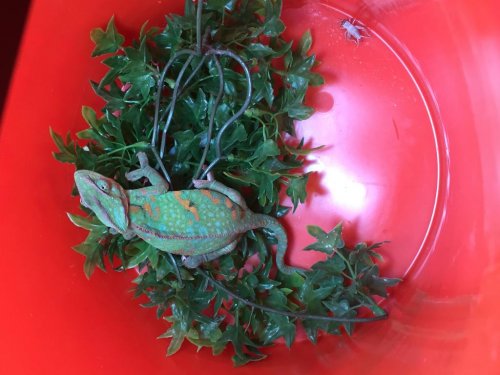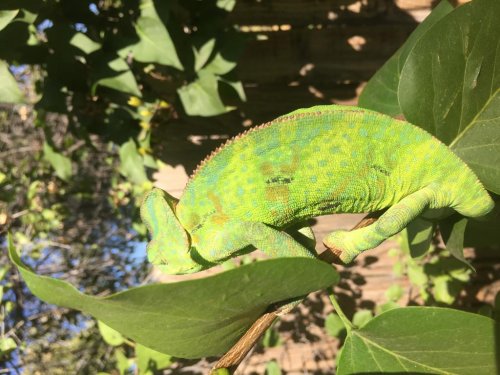Brandanawitz
New Member
Hi. My chameleon seems very sick and weak. She is not moving well and appears to have no strength. Until yesterday she shared a terrarium with another female who has gotten considerably larger. I feed them crickets 2-3 times a week and dust them with zoo med repticalcium. I have isolated the sick one and am giving it direct light and food source. She doesn't seem to want to eat or drink anything. Last time I saw her eat was yesterday and she ate a cricket. Any suggestions you have for rehabilitating my chameleon would be greatly appreciated




